#gerald kersh
Explore tagged Tumblr posts
Text

Currently (re)reading. Love the cover! 1960
10 notes
·
View notes
Text

(Art: ‘Fallen Angel’ [detail] by Alexandre Cabanel)
* * * *
The passion for revenge should never blind you to the pragmatics of the situation. There are some people who are so blighted by their past, so warped by experience and the pull of that silken cord, that they never free themselves of the shadows that live in the time machine. And if there is a kind thought due them, it may be found contained in the words of the late Gerald Kersh, who wrote: “There are men whom one hates until a certain moment when one sees, through a chink in their armour, the writhing of something nailed down and in torment."
~Harlan Ellison
+
They tell me to be discreet for all intended purposes. They tell me revenge is sweet and from where they stand, I'm sure it is.
But I feel nothing for their game where beauty goes unrecognized. All I feel is heat and flame and all I see are dark eyes.
- Bob Dylan
+
“And since the masters Make the rules For the wise men And the fools, I’ve got nothing, Ma, To live-up to….”
-[Dylan again, of course]
11 notes
·
View notes
Text


Cover illustration by Richard Powers
Info from ISFDB
#men without bones#1960s#richard powers#richard m powers#richard m. powers#books#wraparound covers#paperbacks#book covers#cover art#paperback library#horror#short stories#alternate history#gerald kersh#men without bones and other haunting inhabitants of the wide weird world
5 notes
·
View notes
Text
putterings, 519-515
in a system now hot, now cold a something-broken-in-the works machine on a very crooked pole, evening shadow glow. drawing, erasing; drawing rubbing, quite enough of this light construction, minor repairs; puttering something to stay his uncertain hand. an indefinite amount of something be done when he finally got through an unaccustomed bundle write in lines the sparrows own.
puutterings | their index | these derivations | 20250205
#derivation2#Frank Aborn#Gerald Kersh#Workers Compensation Appeals Board#Stanley C. Baldwin#Gustaf Nathanel Malm
6 notes
·
View notes
Text
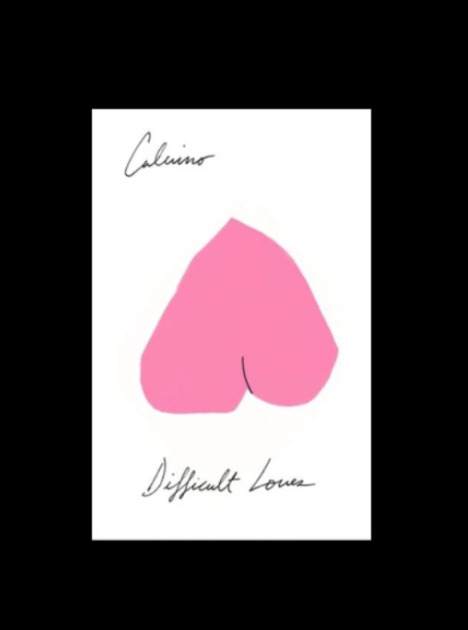
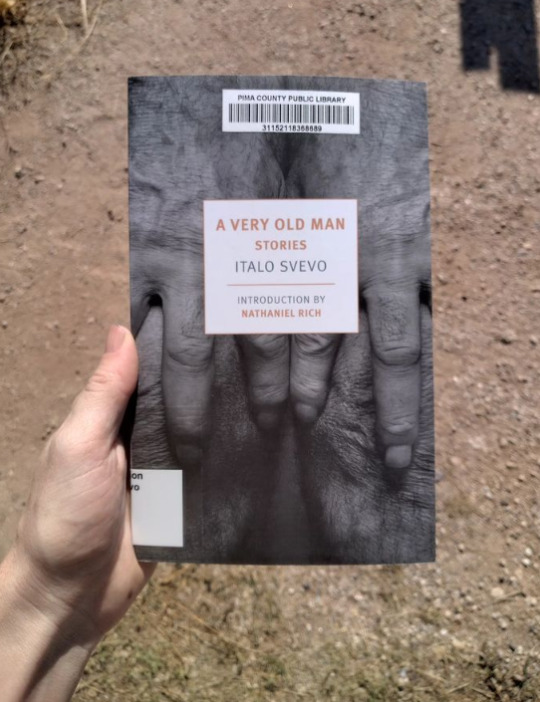
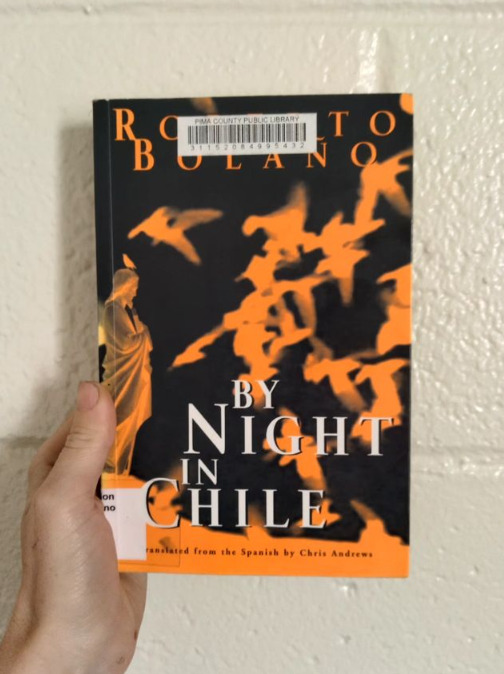



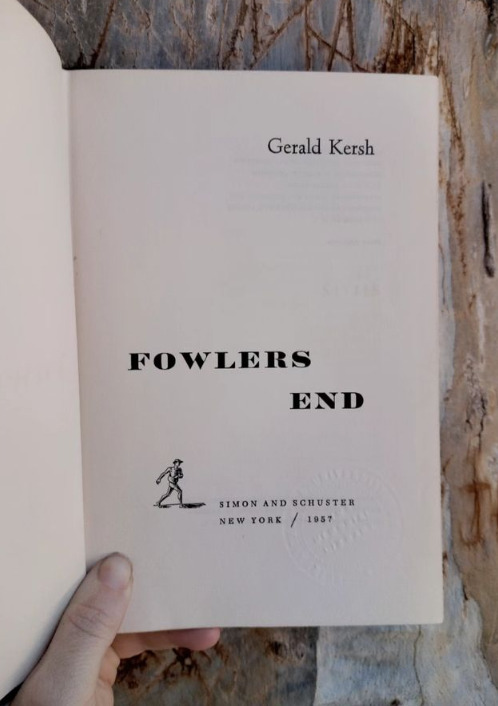


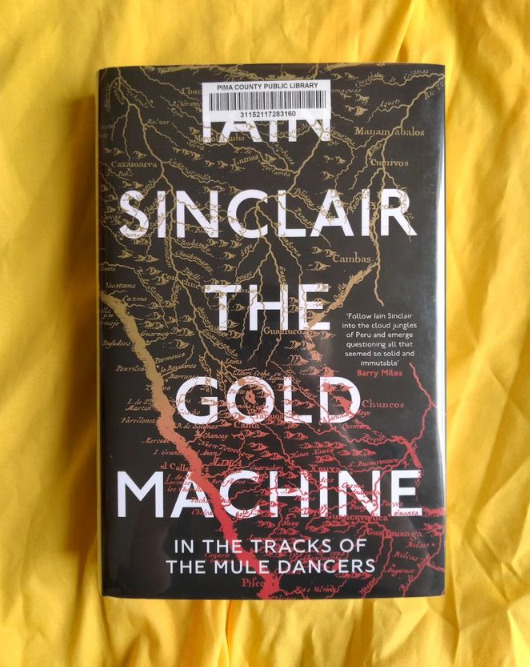
Books 31-40 of 2023 📖!
#read in 2023#italo calvino#iain sinclair#kisho kurokawa#tom wolfe#chris kraus#gerald kersh#italo svevo#roberto bolaño#ivo andric#lina wolfe#talks
25 notes
·
View notes
Text
his uncertain hand; if, in, and; now hot, now cold
... puttering something about who hit me if , in , and , when Tessier took him by abrupt wie ankles and threw up his feet , fell the bed . There he lay , shaking and eating - now hot , now cold - feeling his sword , fumbling for his pistols ...
— an OCR misread (of “muttering” ?), from poor scan (link) from somewhere in The Saturday Evening Post, sometime in 1949, and evidently a Rattapoil story by Gerald Kersh (1912-68, wikipedia).
more at 518
0 notes
Text
Many is the good man I’ve known who has ruined himself by expecting too much justice. Now, I ask you, what sane man in this world really expects to get what he properly deserves? The Crewel Needle (1953), by Gerald Kersh
0 notes
Quote
Much harder-edged about this than the native product are the films made here by American émigrés, whether under co-production arrangements, or as refugees from McCarthyism, or working for British companies, or as 'runaways' from Hollywood's high production costs. Jules Dassin's Night and the City (1950), explored London's underworld with, not the neo-realism for which critics looked in vain, but something of the visionary sadism of Gerald Kersh, an author whose brutal best-sellers have understandably frightened British producers. Edward Dmytryk's Give Us This Day (1949) and Obsession (1949) are no less convulsively pessimistic, and even if Cy Endfield's Hell Drivers (1957) and Sea Fury (1958) lack the social analysis of his Hollywood The Sound of Fury, their harsh energy is exhilarating and disturbing.
Raymond Durgnat, A Mirror for England
#raymond durgnat#a mirror for england: british movies from austerity to affluence#jules dassin#gerald kersh#edward dmytryk#cy endfield
4 notes
·
View notes
Photo

Men Without Bones, by Gerald Kersh (Paperback Library, 1962).
From eBay.
86 notes
·
View notes
Photo

Night and the City (1950)
I LOVE 70-year-old movies. What a romp this has been through post-war cinema and straight-up noir. This little tale, though lighter than the book, doesn’t skimp on the hard-luck trauma the main characters keep finding themselves in.
Richard Widmark stars as a grifter who thinks he has a chance at something big only no one will give him a loan to find out. His girlfriend is Gene Tierney but she knows enough to hide the money she earns working as a nightclub singer.
Then we’ve got two supporting characters that I was unfamiliar with until now and I absolutely fell in love with them. Googie Withers and Francis L. Sullivan. Why hadn’t I heard of these fantastic actors before? I really don’t know because they’ve both been in tons of stuff. Googie and Sullivan play husband and wife. Googie used to work for Sullivan in the nightclub but now she manages the girls who charge a dime a dance, et. al. Sullivan loves his wife, Googie does not reciprocate. Oh my goodness. That dynamic was wildly noir.

Widmark asks Sullivan for a loan and gets denied. He finds another way. I have to say there’s a whole wrestling subplot element with some father-son conflict that comes off really well. It could have been cheesy but the actors and the narrative get the job done letting you know what some men stand up for and others do not. So good. SO GOOD!
OK - then we have the director - Jules Dassin who, according to Darryl Zanuck, was making his last picture since he was being blacklisted. Dassin took the crew to London, scouted locations and actors and got the job done. Dassin said a couple of things about this movie that surprised me.
1. He really respected Richard Widmark. Jules Dassin thought he could direct Widmark as Hamlet. I personally don’t see it but I’m sure I have him typecast as a noir villain. He just does it so well.
2. Dassin cast Gene Tierney as the female lead because Darryl Zanuck suggested her. She was suicidal after a bad breakup and the studio head wanted to put her to work to help her through it. According to Dassin, it worked. She seemed to enjoy being on set and she is good in the film, albeit a minor character. She had to be cast as the lead because, well, Gene Tierney. The director was much impressed that Zanuck thought about how to help Gene and he was happy to oblige.

3. This movie shows Widmark running a lot. It starts out with him running and it ends with him running. Jules Dassin explained how he got the last shot in one take with 6 cameras. It’s pretty extraordinary and breathtaking. Really good filmmakIng.
4. One last thing the director said was that people accused him of copying The Asphalt Jungle which was released the same year (don’t worry - that blog is coming). Dassin hadn’t seen The Asphalt Jungle and only saw it when people started saying he copied it. It’s hard to say what led people to think that when I don’t see these two films alike at all. Other than they are both noir the two are quite different from each other.
Last shout out to the writer of the original novel, Gerald Kersh. He didn’t write much that made it to the screen but if you look up his books on Goodreads they have reviews of more than 4 stars. It could be his stuff was too raw for movies at that time, I’m not sure. But I added Night and the City to my Goodreads list so I will let you know - somehow - what I think.
#night and the city#noir#richard widmark#gene tierney#googie withers#francis sullivan#darryl zanuck#jules dassin#gerald kersh#1950#1950cinema#70-year-old-movies
17 notes
·
View notes
Text
"You may crush men like grapes in a wine press. You can trample all the sweetness out of them — stamp them down until they look like a flat, downtrodden mass of rubbish. Do that. But don't forget one thing: out of the smashed remains of the grape harvest, my friend, brandy is distilled. Not much of it, but potent. And one whiff of good brandy carries with it the character and quality of the whole ravaged vineyard. Do you understand that? So with men. Squeeze a nation! Smash it and flatten it and twist out of it the last drop of its blood. But listen: out of the trodden-out debris of the people there comes a strong and vital spirit. It is there, fermenting, growing strong. And out of the agony of the crushed grapes, remember, comes the glory of the wine. Out of the agony of the people comes the glory of the nation."
—Gerald Kersh, Ten Old Tigers
13 notes
·
View notes
Photo

Night and the City premiered in New York City on 9 June 1950.
Based on Gerald Kersh’s 1938 novel (which director Jules Dassin admitted he never bothered to read), Jo Eisinger’s adaptation presents Harry Fabian (Richard Widmark) as more sympathetic than the novel, some of which Dassin rejected (changing the opening scene in Eisinger’s script).
Dassin was in the process of being blacklisted and producer Darryl Zanuck told the director to film the most expensive scenes first, to make it more difficult for the studio to remove him. Dassin was not allowed back on the studio lot to edit or oversee the musical score for the film (he communicated with editors Nick De Maggio and Sidney Stone and composer Franz Waxman by phone). After he was blacklisted, Dassin continued his career overseas.
The British version of the film is longer, has a more “upbeat” ending, and an entirely different musical score than the US version.
The film received mostly negative reviews (”little more than a melange of maggoty episodes having to do with the devious endeavors of a cheap London night-club tout to corner the wrestling racket“) and failed to find an audience at the box office, but its reputation began to improve in the 1960s, and Night and the City is now considered a classic film noir (”a work of emotional power and existential drama that stands as a paradigm of noir pathos and despair”).
#night and the city#1950s films#1950#1950 movies#gerald kersh#jules dassin#jo eisinger#richard widmark#darryl f. zanuck#nick de maggio#sidney stone#franz waxman
24 notes
·
View notes
Photo

370. Sombras do Mal (Night and the City, 1950), dir. Jules Dassin
#cinema#jules dassin#richard widmark#gene tierney#uk movies#american movies#1950s movies#classic movies#black and white movies#film noir#crime#mystery#based on the novel by gerald kersh#hustler#wrestling#nightclub#soho london#street life#male female relationship#manhunt#betrayal#70th anniversary#cinefilos
21 notes
·
View notes
Photo

(Art: 'Fallen Angel' [detail] by Alexandre Cabanel)
* * * *
The passion for revenge should never blind you to the pragmatics of the situation. There are some people who are so blighted by their past, so warped by experience and the pull of that silken cord, that they never free themselves of the shadows that live in the time machine. And if there is a kind thought due them, it may be found contained in the words of the late Gerald Kersh, who wrote: "There are men whom one hates until a certain moment when one sees, through a chink in their armour, the writhing of something nailed down and in torment."
~Harlan Ellison (Book: The Essential Ellison)
[Philo Thoughts]
15 notes
·
View notes
Photo
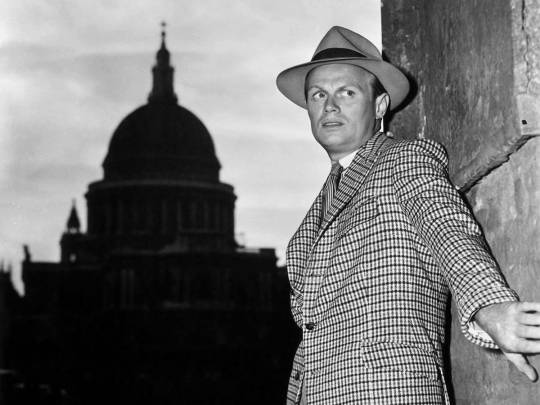
Richard Widmark in Night and the City (Jules Dassin, 1950)
Cast: Richard Widmark, Gene Tierney, Googie Withers, Hugh Marlowe, Francis L. Sullivan, Herbert Lom, Stanislaus Zbyszko, Mike Mazurki, Charles Farrell, Ada Reeve, Ken Richmond. Screenplay: Jo Eisenger, based on a novel by Gerald Kersh. Cinematography: Mutz Greenbaum. Art direction: C.P. Norman. Film editing: Nick DeMaggio, Sidney Stone. Music: Franz Waxman.
Bosley Crowther of the New York Times called Jules Dassin's Night and the City "a pointless, trashy yarn," "a turgid pictorial grotesque," "a melange of maggoty episodes," and a "cruel, repulsive picture of human brutishness." It makes you want to run right out and see it, doesn't it? Crowther today is generally regarded as an old foof, but Night and the City is just a little too dark to be credible, and some elements of it -- such as Richard Widmark's over-the-top performance and the expressionistic camera angles of cinematographer Mutz Greenbaum (billed as Max Greene) -- verge on film noir self-parody. Still, the great energy in Night and the City often reminds me of Dickens's forays into the underworld -- the titular city is London -- especially when it comes to character names. The chief villain (Francis L. Sullivan, imitating Sydney Greenstreet) is a Mr. Nosseross -- you almost want his given name to be Rye, but it's Philip -- and there's a minor character with the über-Dickensian name of Fergus Chilk. Widmark plays Harry Fabian, whose life is a continuous hustle, trying to gather enough money to finance his various get-rich-quick schemes. His long-suffering girlfriend, Mary Bristol (Gene Tierney, in a smaller role than her billing suggests), is a singer in a clip joint run by the Nosserosses -- Philip and his wife, Helen (Googie Withers). Eventually, Harry overreaches by trying to loosen the hold on the pro wrestling exhibition racket in London held by Kristo (Herbert Lom), whose star wrestler is known as the Strangler (Mike Mazurki). Harry cons an honest old Greek wrestler named Gregorius (Stanislaus Zbyszko) into staging a bout between Gregorius's protégé, Nikolas of Athens (Ken Richmond) and the Strangler, but everything goes to hell when Nosseross withdraws his promised financial support. There is a great wrestling scene in which Gregorius himself takes on the Strangler, who has broken Nikolas's wrist. Gregorius wins, but dies of a heart attack afterward, one of the many deaths the movie accumulates. The film makes great atmospheric use of its London setting, which was necessitated because Dassin was about to be blacklisted in Hollywood -- it's to the credit of 20th Century Fox head Darryl F. Zanuck that he warned Dassin of this and, when Dassin decided he would seek work in Europe, allowed him to make the film in London.
6 notes
·
View notes
Text
The passion for revenge should never blind you to the pragmatics of the situation. There are some people who are so blighted by their past, so warped by experience and the pull of that silken cord, that they never free themselves of the shadows that live in the time machine...
And if there is a kind thought due them, it may be found contained in the words of the late Gerald Kersh, who wrote: "... there are men whom one hates until a certain moment when one sees, through a chink in their armour, the writhing of something nailed down and in torment."
-Harlan Ellison
2 notes
·
View notes